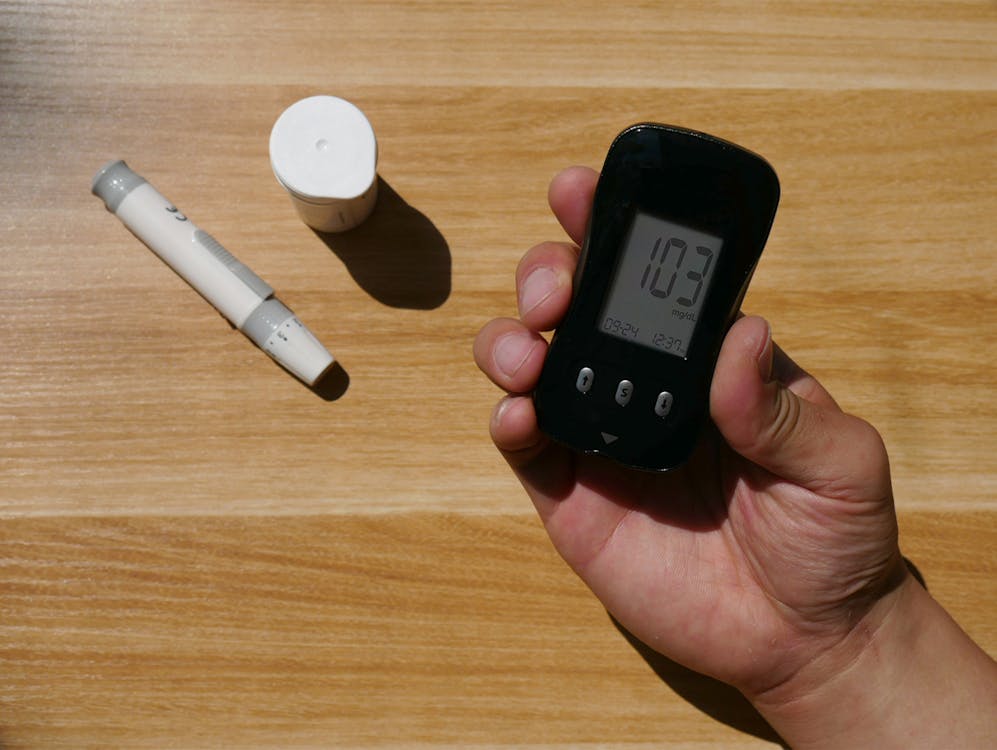In today’s busy world, taking care of oneself at home is crucial, especially checking on your blood pressure regularly. With increasing awareness of the heart health issues and hypertension in individuals, having a home blood pressure monitor is beneficial to check the vital health status. It also provides a chance to discover any early signs of potential problems and take the necessary precautions to maintain good health.
Types of Blood Pressure Monitors
There are various types of blood pressure monitors available on the market today, each designed to suit different needs:
Manual Monitors: These are traditional monitors requiring a stethoscope to listen to blood flow and measure blood pressure manually.
Automatic Digital Blood Pressure Monitors: These are the most user-friendly options. They automatically inflate the cuff, take the measurement, and display the results on a digital screen. This type of monitor is perfect for home use.
Wrist Blood Pressure Monitors: These are compact and easy to use but may not always provide the same accuracy as upper-arm monitors.
How to Ensure Accuracy with Blood Pressure Monitor at Home
When choosing a home monitor, it's essential to ensure that it delivers precise results. Here are some tips for ensuring the accuracy of blood pressure monitor:
Choose a well-known, medically approved device like the Origin Medical Blood Pressure Monitor, approved by the Therapeutic Goods Administration (TGA) for reliability.
Use the correct cuff size: An adjustable cuff is necessary to ensure accurate readings. The Origin monitor, for example, includes a cuff that fits arm sizes between 22 and 42 cm.
Take multiple readings: It's advisable to take two or three readings a few minutes apart and then average them for more consistent results.
Monitor under similar conditions: Take your readings at the same time each day, preferably in a relaxed state.
Key Features to Look for in a Blood Pressure Monitor
When shopping for a blood pressure monitor, here are some essential features to consider:
Large Display Screen: An extra-large, easy-to-read LCD screen is crucial for individuals who may struggle with small displays.
Adjustable Cuff: A cuff that accommodates various arm sizes ensures the device is suitable for a broader range of users.
One-Touch Operation: A monitor that can be operated with a single touch allows for quick and convenient use.
Data Storage: Look for a monitor that stores previous readings, allowing you to track your blood pressure over time.
Bluetooth Connectivity: Bluetooth-enabled devices sync with your smartphone or tablet, providing a seamless way to store and track data.
The Benefits of Using a Digital Blood Pressure Monitor
Ease of Use: Digital monitors are designed for home use, offering straightforward, one-touch functionality.
Fast and Accurate: These monitors provide quick and precise readings, which is essential for those monitoring their blood pressure daily.
Storage Capabilities: Many digital monitors store previous readings, making it easy to monitor trends over time.
Error Detection: Some digital monitors can detect irregular heartbeats, providing an early warning of potential heart problems.
Portability of Blood Pressure Monitor
For those who travel frequently or need to monitor their blood pressure on the go, a portable blood pressure monitor is essential. A compact, lightweight design, such as the Origin Medical model, allows users to track their health wherever they are. These portable models are convenient and easy to carry, ensuring you never miss a reading.
How to Interpret Your Blood Pressure Readings Accurately

Understanding your blood pressure readings is essential for managing your health effectively. Here's a breakdown of what the numbers mean:
Systolic pressure (the top number): This measures the pressure in your arteries when your heart beats.
Diastolic pressure (the bottom number): This measures the pressure in your arteries when your heart rests between beats.
A normal reading is generally around 120/80 mmHg. If your readings consistently fall above or below this range, it’s advisable to consult a healthcare professional.
Syncing Your Blood Pressure Data
There are numerous benefits associated with the use of Bluetooth-enabled digital blood pressure monitors for users. In the long run, the monitor can be synchronized with your smartphone or tablet so that tracking your health data turns into a piece of cake, while you can discover discrepancies or improvements rather quickly.
They also provide alerts for the standard checkups that you need hence is helpful to remind you to be consistent. Thanks to these helpful features, controlling hypertension and a person’s well-being becomes easier, less of a burden, and less stressful.
Taking Control of Your Health with a Home Blood Pressure Monitor
Checking your blood pressure levels is perhaps one of the best ways of keeping track of your health status. Using a good and efficient blood pressure measurement product such as the Origin Medical model, you can manage your heart health, identify changes, and consult a doctor if they come with serious complications. In this case, do not wait for a doctor’s visit to check up on your health, it should be a normal practice that you undertake at home.
Purchasing a good blood pressure monitor is an effective way of being more involved in one’s overall health. Information, and records of your health parameters are now readily accessible, and health check-ups are manageable.







